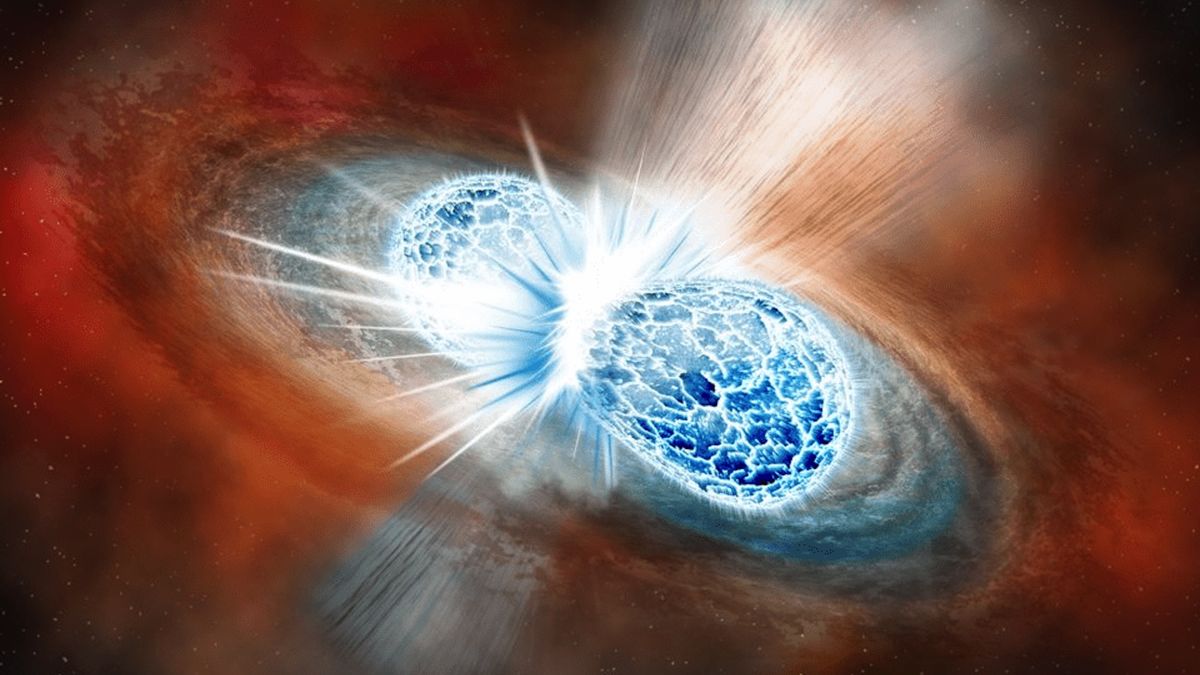Livescience
4w
111

Image Credit: Livescience
Scientists find evidence of 'supernova graveyard' at the bottom of the sea — and possibly on the surface of the moon
- Researchers have found evidence of a 'supernova graveyard' in the deep sea, potentially originating from a cosmic explosion called a kilonova 10 million years ago.
- Samples from the ocean revealed traces of rare radioactive plutonium believed to be debris from these cosmic events, which could also be present on the moon.
- The discovery of isotopes like plutonium suggests the occurrence of kilonovas, explosive events spawned by colliding binary neutron stars.
- Scientists aim to conduct further tests, particularly on lunar samples, to strengthen their theories and validate the existence of past kilonova events.
- The Artemis missions, set to return humans to the moon, offer hope for more abundant lunar soil samples for analysis.
- By analyzing additional moon soil, researchers seek to confirm the occurrence, timing, and location of ancient cosmic explosions like kilonovas.
- The moon's geology provides a clearer picture of how cosmic debris settles compared to Earth's more complex environmental factors.
- With upcoming Artemis missions, scientists hope to gain access to more lunar samples to advance their research on cosmic events.
- Fields and his team are working towards proving their theories to the scientific community and making a compelling case for studying these phenomena further.
- The collaboration between research efforts and space missions like Artemis could offer valuable insights into the history of cosmic explosions and their aftermath.
Read Full Article
6 Likes
For uninterrupted reading, download the app